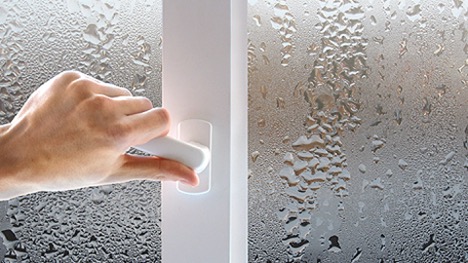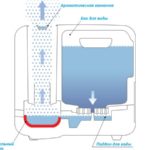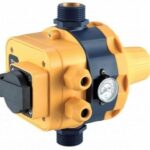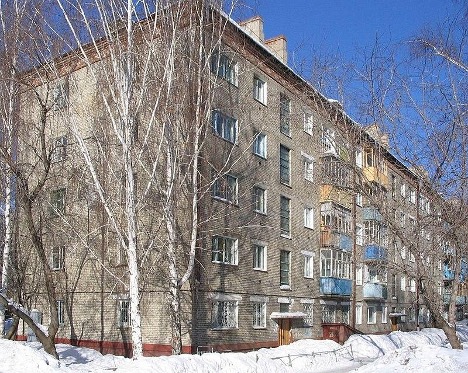Condensation and what it is: where does it come from, where does it appear, temperature difference
Condensate is a physical process in which a gaseous substance changes into a liquid state. This process plays a key role in nature and technological processes, such as air conditioning and refrigeration systems. Understanding what condensation is helps in solving many practical problems related to humidity control, pipe insulation and heat conservation.

The content of the article
Where does condensate come from?
This phenomenon occurs through a physical process known as condensation, when water vapor in the air turns into liquid upon contact with a cold surface. This process is determined by the fundamental laws of physics and depends on the temperature difference between the air and the surface. Water vapor is always present in the atmosphere, and its concentration determines the relative humidity of the air. When warm, moist air encounters a colder surface, the air temperature at the surface drops to its dew point, causing water vapor to condense and form water droplets.
Condensation occurs in a variety of situations, for example, on window glass during the cold season, on the outside walls of a refrigerator or air conditioner, and on the surface of cold drinks on a hot day. This process plays an important role in nature, ensuring the water cycle in the ecosystem, and also affects the operation of various technical systems, from ventilation and air conditioning systems to industrial equipment, where control of humidity levels and condensation is critical.
How condensation appears: the process in detail
The process of condensation consists of the physical transition of water vapor from a gaseous state to a liquid state. This process begins when moist air encounters a surface whose temperature is below the air's dew point. The dew point is the temperature at which water vapor in the air becomes saturated and begins to condense into a liquid. How condensation appears can be explained in just a couple of steps:
- Air can hold a certain amount of water vapor, depending on its temperature. The warmer the air, the more water vapor it can contain. When the air becomes saturated with moisture (reaches 100% relative humidity), any further decrease in temperature results in condensation.
- When warm, moist air encounters a colder surface, it cools. If the air temperature drops to the dew point or below, excess water vapor begins to condense, forming water droplets on the cold surface.
The temperature difference for condensation formation plays a decisive role in this process.For example, cold window glass in winter becomes the site of active condensation formation due to the large difference between the temperature of the internal air and the surface of the glass. This process is also widely used in engineering, for example, in air conditioners and refrigeration units, where it is desirable to remove excess moisture from the air to improve the efficiency of the equipment.
Thus, the formation of condensation is a natural process that occurs under certain conditions of temperature and humidity, and has both practical applications and can cause certain inconveniences that require control and regulation.
Conditions for condensation formation: temperature aspect
The conditions for the formation of condensation are closely related to the temperature of the environment and the surfaces with which the air comes into contact. For example, during the cold season, condensation often forms on windows due to the large temperature difference between the warm internal air and the cold glass.
To understand what factors influence the process, consider the following conditions:
- the higher the humidity, the greater the likelihood of condensation;
- cold surfaces promote condensation;
- the temperature difference between the air and the surface, which speeds up the process.

Examples where condensation becomes noticeable
Condensation can be observed in many cases in everyday life and various technological processes. Below are some of the most common examples:
- On window glass in the cold season. Indoors, warm air with a high moisture content meets the cold glass surface, causing water droplets to form on the glass.
- On mirrors and walls in the bathroom after taking a hot shower. High temperature and humidity when cooling on colder surfaces lead to condensation.
- On the surfaces of refrigerators, freezers, and air conditioners, where warm indoor air meets cold equipment surfaces.
- On the outside of glasses with cold drinks in hot weather. Warm air cools when it comes into contact with the cold surface of the glass, causing moisture to condense on the outside of the glass.
- In HVAC systems, where moist air can cool as it passes through cold system components, causing condensation to form.
The practical importance of condensate and its management
Understanding what condensation is is important for creating comfortable and safe indoor conditions, as well as for the efficient operation of equipment. Condensation management includes insulating surfaces, using ventilation and dehumidifiers, and using waterproofing materials to protect structures.
Conclusion: the meaning and control of condensation
Condensate plays a significant role in maintaining the water balance in nature and is important in technological processes. However, in everyday life and industry, it is necessary to control the volume of condensate to prevent possible negative consequences, such as the destruction of materials and the creation of conditions for the development of mold. The use of modern technologies and materials allows you to effectively manage this process, ensuring comfort and safety of living and working.





